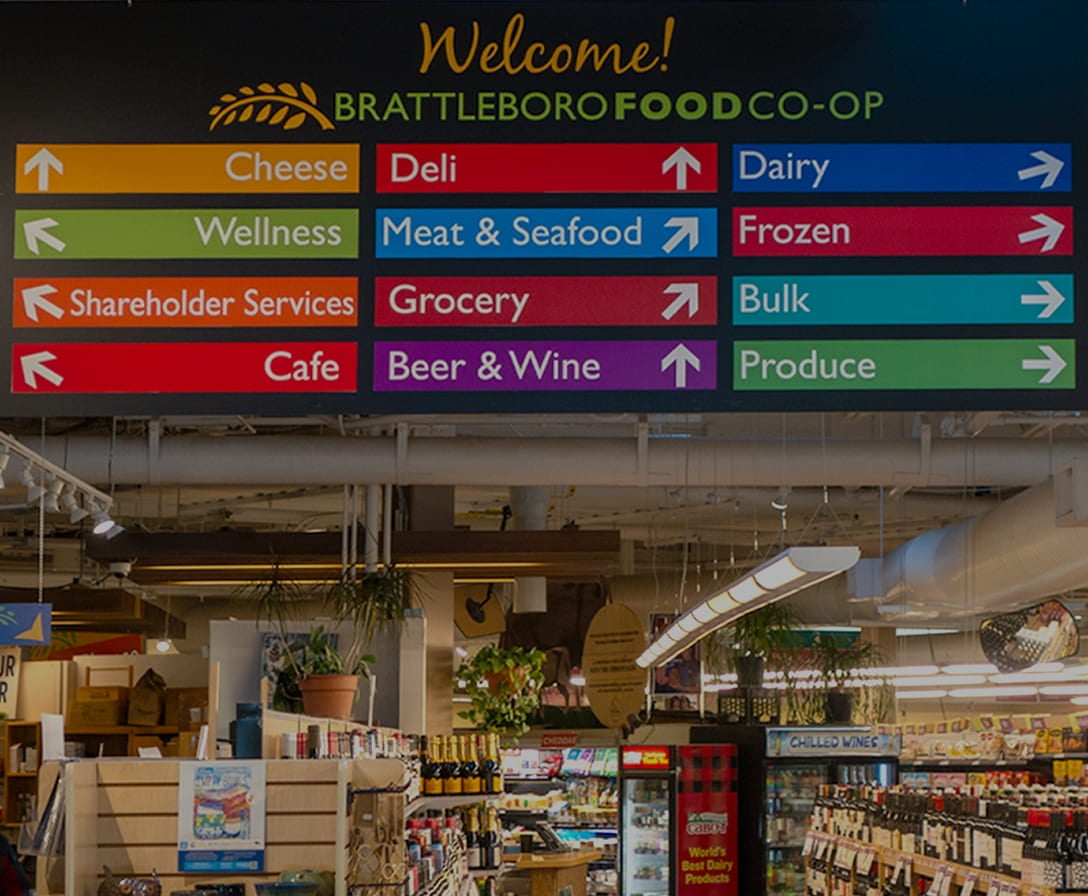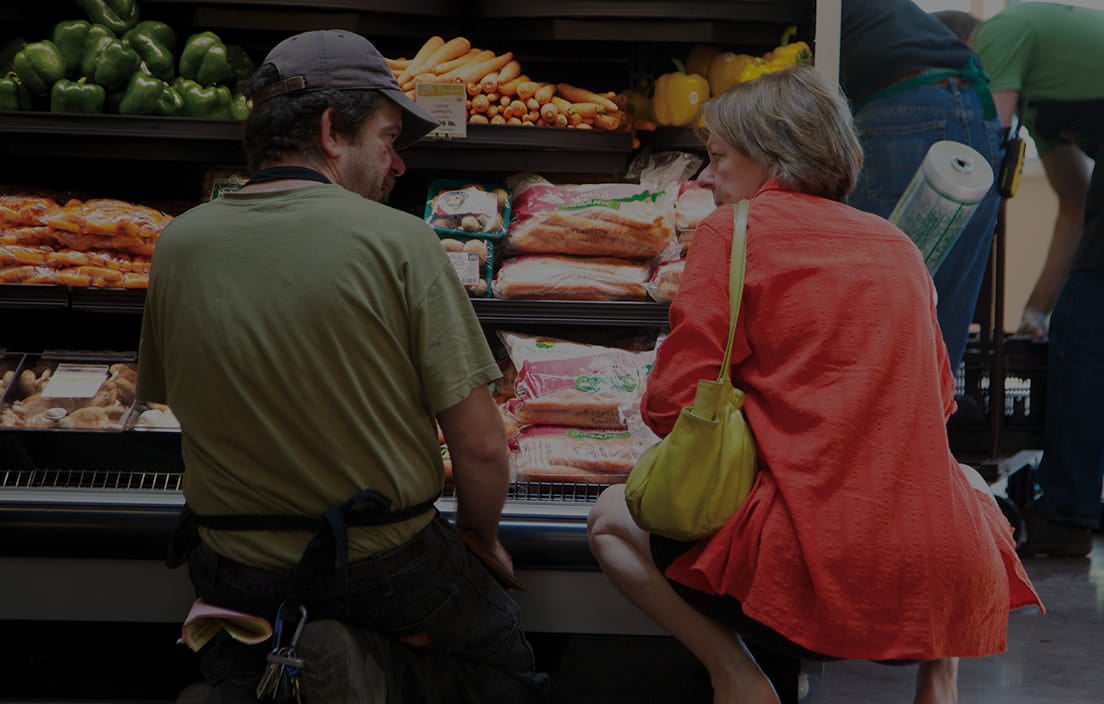Healthy Kids Bagged Lunch Tips
Healthy Kids Lunches: Packed / Bag Lunch Tips
Healthy Kids can have happy lunch bags!
School lunch “Burn-out” may set in only a few weeks into the school year.
The kids are busy pursuing their schoolwork, playing with new and old friends, and settling into their school-year routine, but when lunch time rolls around, it’s easy to see where boredom and poor eating may occur when they are confronted with the same old bagged lunched day in and day out. Friction includes, boredom with the bag’s content, disagreements over what actually was eaten (or not) that day, and/or whether your child even ate their own lunch or traded it away. The worst scenario would be your child having no interest in what you packed, and instead of eating, threw it away, and chugged through their afternoon without the refueling they so despirately need.
Battling boredom
Your time is limited. It takes time to plan your child’s meals. Cookie-cutter sandwiches are fun,
but can get old and take time. Conserve time and keep it simple. Start purchasing your basic lunch box foods in “wholes” whenever possible, and involve your child in the choices in the store and while making-up of their lunch bag. Working under time constraints might take some of the
creativity out of presentation, but it doesn’t have to mean a boring or unbalanced lunch.
Try this equation with your child: 1 + 1 +1 =1.
ONE fruit or vegetable (i.e. carrots, banana, cucumber, apple);
PLUS ONE protein (turkey, peanut butter, ham, cheese);
PLUS ONE carbohydrate (bagel, crackers, English muffin, tortillas)
And it EQUALS = ONE LUNCH!
This simple equasion divides lunch-building into predictable units, which makes it easy for a child to participate by choosing different, changing components. This simple structure effectively reduces a lot of the negotiating or whining about lunch items. And, tis lunch style teaches children about
nutrition—which types of food have what nutritional value. An example might be knowing peanut butter is a protein, and not a vegetable, or that a bagel is a complex carbohydrate.
Emphasize efficiency
Reality check: It’s a rare child that sits down to lunch with any thought of how that food is going to recharge them for the afternoon ahead.
Reality check: Lunch is, and has always been, an important social time for kids. This is when jokes get told, bragging is done, and friendships are solidified (BTW/ we don’t outgrow this).
Reality In Check! Remembering to keep portions small and the eating process efficient (think bite-size finger foods) which helps ensure more food gets eaten. Think, “snack lunch.” It’s pretty easy for a kid to eat a handful of nuts, a bag of snap peas, some grapes, and half of a multi-grain bagel with cream cheese or hummus. This is not only easy to eat while socializing, but safely eaten while paying attention to multiple things.
Help them hedge their bets
Kids trade food at lunch. This means packaged foods designed for kids’ lunchboxes in the form of fruit snacks, energy bars, and single servings of cookies, chips and cheese puffs become a hot commodity. The kid who brings wholly healthy foods (without much sugar content) can be left out making them feel their food, and themselves, have little value.
On the other hand, you may not want those expensive almonds or fresh berries to be traded for a chocolate bar, but it happens. Now, add your child not eating what you worked so hard to provide to being left out, and the inevitability your child is going to eat foods you prefer they don’t (and sometimes, can’t).
Become part of the game. Set some rules for your child. You might tell them that they may trade, but ONLY a “mystery item” you “sneak” into their bag each day. Funny thing is that because you have made this a game, they not want to give away a “prized” item after all. The hope is that they’ll covet these treats enough that they don’t end up in trading action, and when they do trade, they see the value of the swap.
This article was adapted for Brattleboro Food Co-op from an article from Welcome to the Table.
For more recipes from “Welcome to the Table,” click here.
For more Kid-Friendly recipes and DIY projects from Brattleboro Food Co-op, click here.
People who like this article also liked this video:
About Producer of The Month

Shop Online

On Sale Now!

